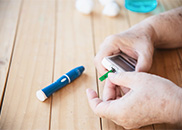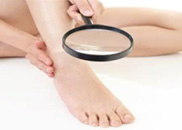Foot care in diabetes
 Diabetes can be dangerous to your feet—even a small cut can produce serious consequences. Diabetes may cause nerve damage that takes away the feeling in your feet. Diabetes may also reduce blood flow to the feet, making it harder to heal an injury or resist infection.
Diabetes can be dangerous to your feet—even a small cut can produce serious consequences. Diabetes may cause nerve damage that takes away the feeling in your feet. Diabetes may also reduce blood flow to the feet, making it harder to heal an injury or resist infection.
Because of these problems, you may not notice a foreign object in your shoe. As a result, you could develop a blister or a sore. This could lead to an infection or a non-healing wound that could put you at risk for an amputation.
Follow these simple tips to avoid serious foot problems that could result in losing a toe, foot or leg.

Inspect your feet daily:
Check for cuts, blisters, redness, swelling or nail problems. Use a magnifying hand mirror to look at the bottom of your feet. Call your doctor if you notice anything.
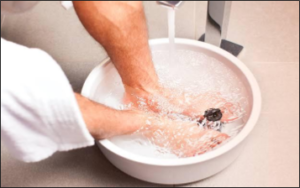
Bathe feet in lukewarm, never hot, water:
Keep your feet clean by washing them daily. Use only lukewarm water—the temperature you would use on a new-born baby. Be gentle when bathing your feet: wash them using a soft washcloth or sponge.
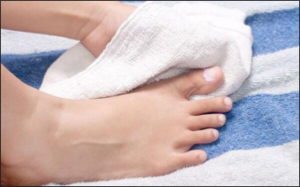
Dry Feet well:
Dry your feet by blotting paper or soft cloth and carefully dry between the toes.
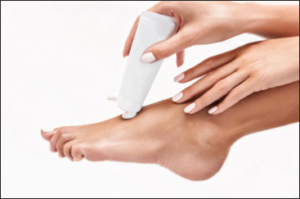
Moisturize your feet but not between your toes:
Use a moisturizer daily to keep dry skin from itching or cracking. But don’t moisturize between the toes—that could encourage a fungal infection.
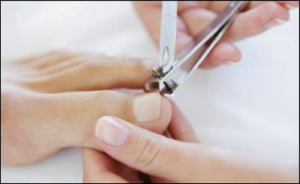
Cut nails carefully:
Cut them straight across and file the edges. Don’t cut nails too short, as this could lead to ingrown toenails. If you have concerns about your nails, consult your doctor.
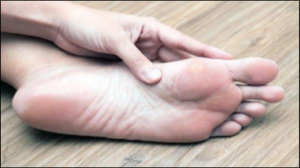
Never treat corns or calluses yourself:
No “bathroom surgery” or medicated pads. Visit your doctor for appropriate treatment.
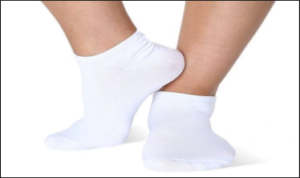
Wear clean, dry socks:
Change them daily. Consider socks made specifically for patients living with diabetes: These socks have extra cushioning, do not have elastic tops, are higher than the ankle and are made from fibers that wick moisture away from the skin. Wear socks to bed: If your feet get cold at night, wear socks. Never use a heating pad or a hot water bottle.
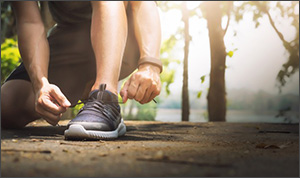
Shake out your shoes and feel the inside before wearing.
Remember, your feet may not be able to feel a pebble or other foreign object, so always inspect your shoes before putting them on.
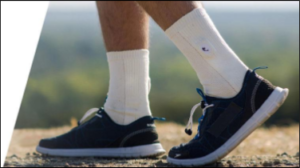
Keep your feet warm and dry.
Don’t let your feet get wet in snow or rain. Wear warm socks and shoes in winter. Consider using an antiperspirant on the soles of your feet: This is helpful if you have excessive sweating of the feet.
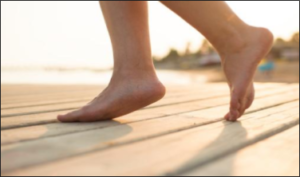
Never walk barefoot.
Not even at home! Always wear shoes or slippers. You could step on something and get a scratch or cut.
- Along with take care of your diabetes: Keep your blood sugar levels under control.
- Do not smoke: Smoking restricts blood flow in your feet.
- Get periodic foot exams: Seeing your foot and ankle surgeon on a regular basis can help prevent the foot complications of diabetes.
Guidelines for Foot care in diabetes, American College of Foot and Ankle Surgeons (ACFAS) 2020.





